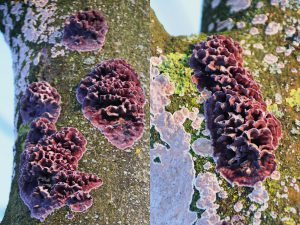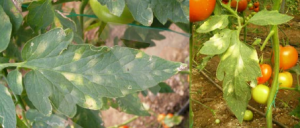Fungi as Plant Pathogens
Fungal pathogens seen in plants are many and diverse and are in many taxonomic groups. Only a few of these, such as rusts (uredinales), powdery mildew and mildew, are obligates (biotrophs) parasites, which provide their nutrients directly from living plant tissue.
Many plant pathogens have necrotrophic properties as they kill plant tissues for their nutrients. They often develop easily in culture and can survive as saprophytes in dead plant material in soil. Active pathogens can produce spores to spread the disease. When the fungus is in contact with the living tissue, the infection units of these factors are produced in plant tissues after their death when mitotic and often produced too many spores, from fungus necrotrophic to saprophyte feeding. Conventionally (anamorphs) of funngus forming cones are defined as imperfect phase, while mayospor forming phases (telemorphs) are considered as perfect phase.

Symptoms
A preliminary diagnosis of a fungal disease is sometimes possible from some symptoms that occur in the plant. In contrast, some unrelated pathogens and abiotic environmental effects can cause a similar type of infection. Infection of plant root and root throat by soil-borne fungi can lead to seedling collapse, sometimes to collapse before emergence or to fading and sudden death of mature plants. A nonsense effect seen in the leaves occurs when the lesions are necrotic and the dead parts are shed.

Some infections can cause growth modifications such as hyperplasia, i.e. gal, witch surge, scabies lesions, or hypoplasia (dwarfism, rosetting). When toxic substances are secreted by the pathogen and these are transported in the host plant tissue, different symptoms may appear on the organs of the plant, such as silver leaf (Chondrostereum purpureum) in fruit trees and certain pallors.
Visible variability can be widely observed in infected plant parts or in the severity or type of symptoms that occur. Observing specific symptoms based on fungal inoculation of a healthy plant is considered as one of the important steps to prove the pathogenicity of any fungus suspected to be the cause of the disease.

